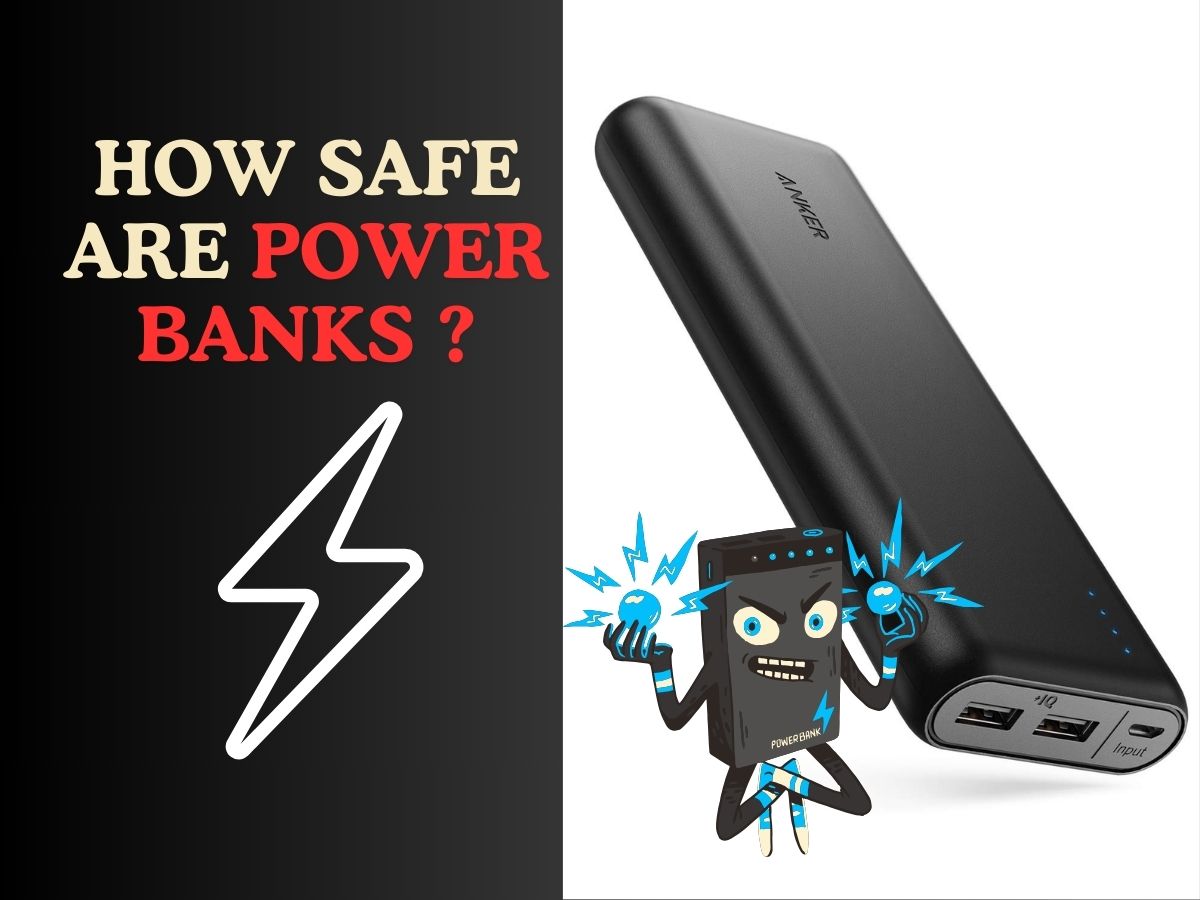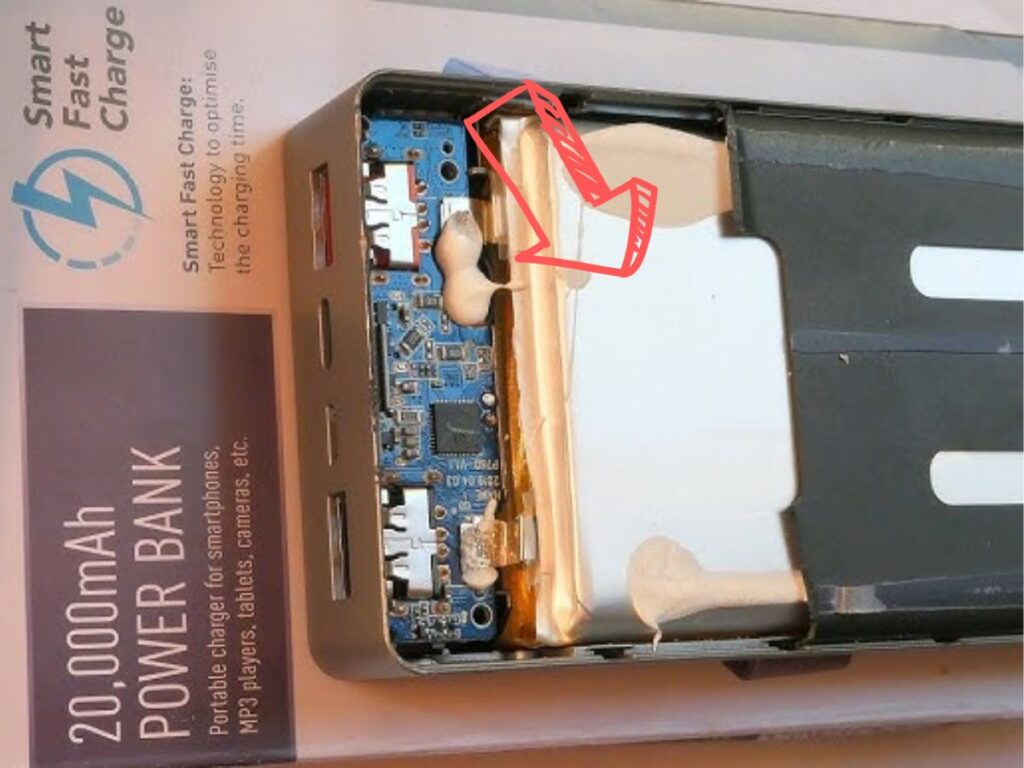
Power banks have become an indispensable accessory in our tech-driven lives. These portable chargers, powered by rechargeable lithium-ion or lithium-polymer batteries, provide us with the convenience of charging our electronic devices on the go. While they are generally safe, it’s crucial to be aware of potential risks and adopt safety measures to ensure trouble-free usage.

Understanding the Product
Before you invest in a power bank, it’s essential to understand the product thoroughly. Ask questions such as:
- Does this power bank come with operating and safety instructions?
- Knowing how to use the power bank safely is paramount.
- How do I charge the power bank?
- Understanding the charging process ensures optimal usage.
- What safety features does this power bank come with?
- Look for features like over-charge protection, short-circuit protection, and more.

Safety Protection Features
When choosing a power bank, prioritize those with robust safety protection features. These features include:
- Over-Charge Protection
- Short-Circuit Protection
- Over-Temperature Protection
- Over-Current Protection
- Over-Voltage Protection
These features act as safeguards against potential hazards, providing peace of mind during usage.
Instructions for Use
Always take the time to read and understand the operating and safety instructions that come with your power bank. This simple step can prevent mishandling and ensure the longevity of the device.
Manufacturer Considerations for Power Banks
Opt for power banks from reputable brands. A trusted manufacturer is more likely to produce reliable products. Additionally, check if the power bank comes with a warranty and if there’s an authorized service center for assistance in case of issues.
False Representations
Beware of power banks advertised as “SPRING Singapore approved” or “Enterprise Singapore approved.” Contrary to such claims, Enterprise Singapore does not require approval for power banks. Suppliers are responsible for ensuring their products meet safety requirements.
Dos and Don’ts for Power Banks
Charging Guidelines
Avoid leaving your power bank on prolonged charge, as it may overheat. Follow the manufacturer’s guidelines for charging times. If the power bank becomes excessively hot during charging or discharging, unplug it immediately.
Avoid Short Circuits
Keep your power bank away from metal objects to prevent short circuits. Refrain from inserting metal objects into the USB output port, as this can lead to risks of heat, fire, or explosion.
Proper Storage Practices
Store your power bank in a cool, dry place away from heat, moisture, and dust. High temperatures, such as those in sun-heated cars, can damage the device.
Handling Precautions
Avoid applying excessive force or dropping the power bank, as this may damage internal components. If you detect any unusual occurrences such as leakage, strange odors, color changes, or deformation, refrain from using the power bank.
Do Not Allow Children to Use
Power banks are not toys. Keep them away from children and educate them about the potential risks associated with these devices.
Conclusion
In conclusion, power banks offer incredible convenience, but it’s vital to prioritize safety. By understanding the product, considering safety features, following usage instructions, and being mindful of the manufacturer’s reputation, you can enjoy the benefits of a power bank without unnecessary risks.
FAQs
- Q: Can I leave my power bank plugged in overnight?
- A: It’s not recommended. Follow the manufacturer’s guidelines for optimal charging times.
- Q: What should I do if my power bank overheats during use?
- A: Unplug it immediately and let it cool down before further use.
- Q: Are all power banks with safety features equally reliable?
- A: No, the reliability depends on the brand and manufacturing standards.
- Q: Can I use any charger with my power bank?
- A: Stick to the recommended cables and chargers for optimal performance and safety.
- Q: How often should I replace my power bank?
- A: Replace it if you notice any signs of damage or malfunction.







